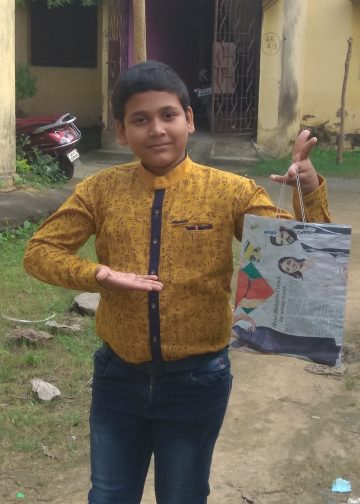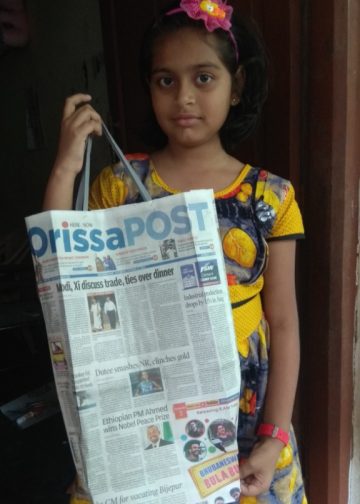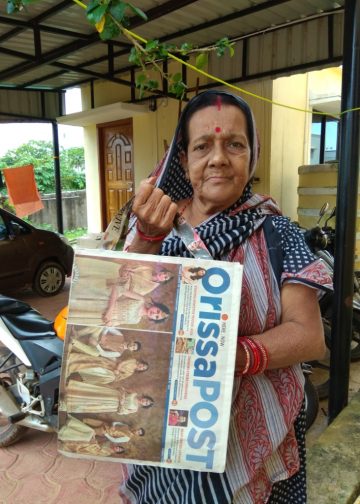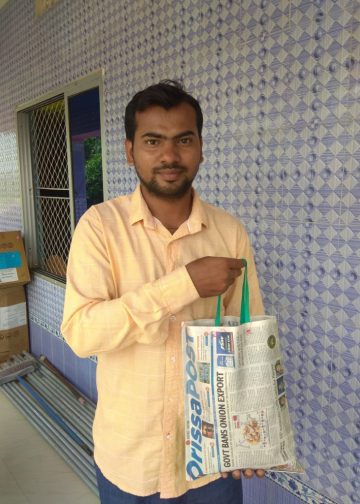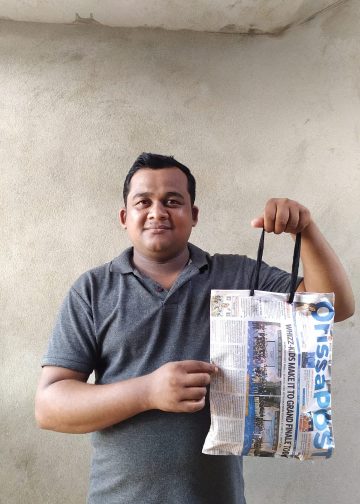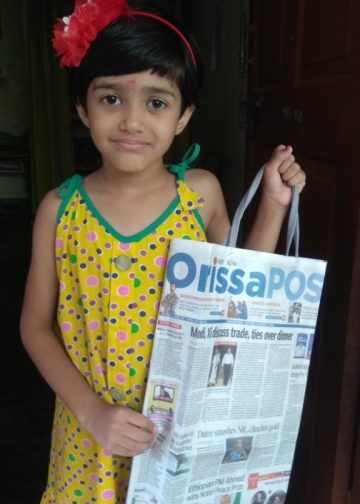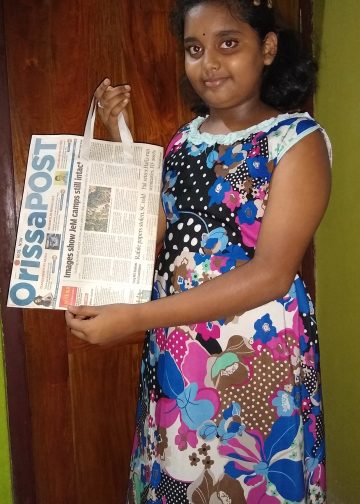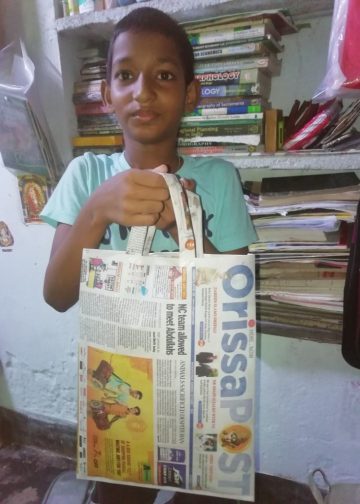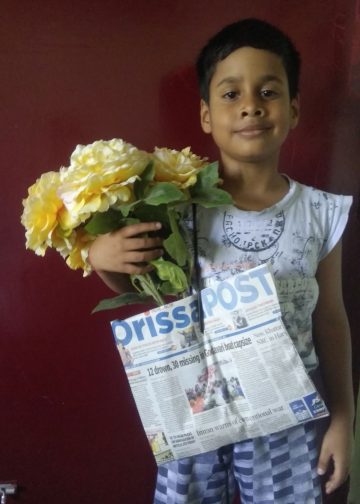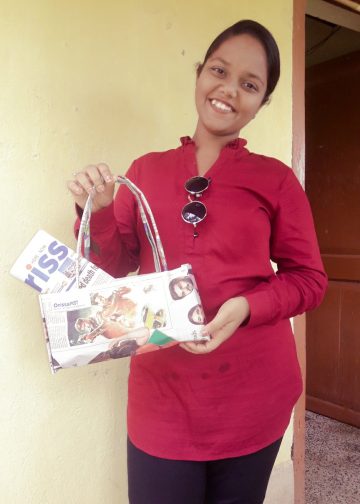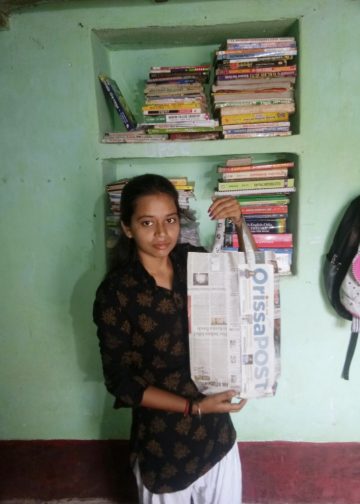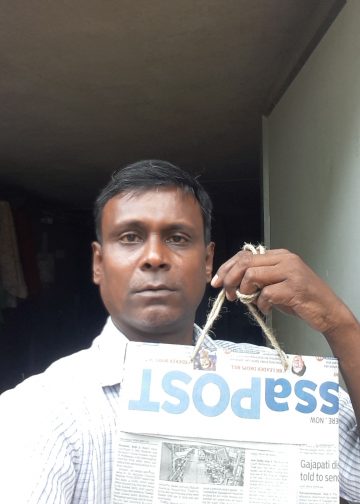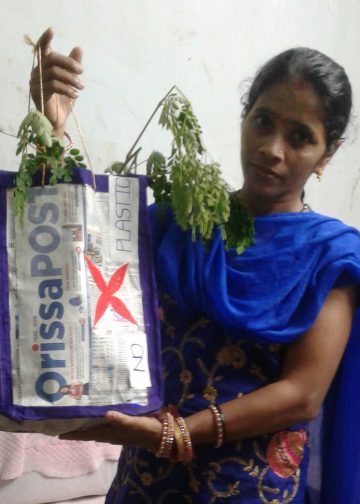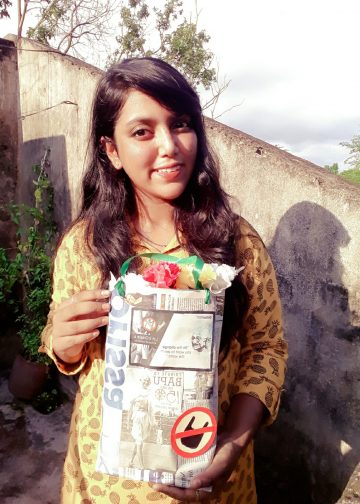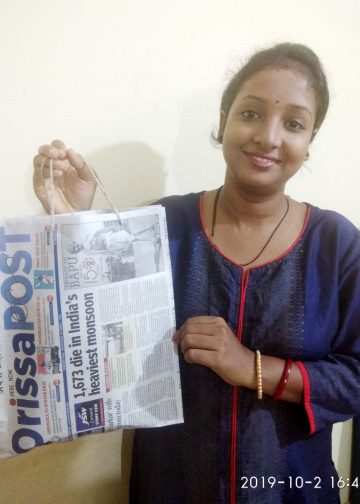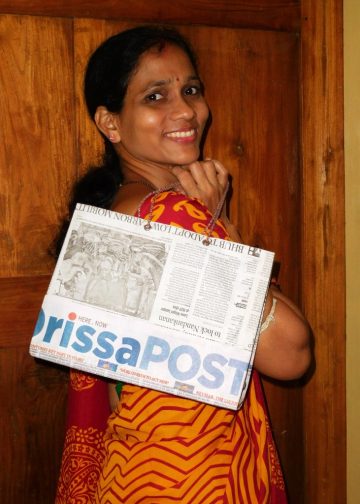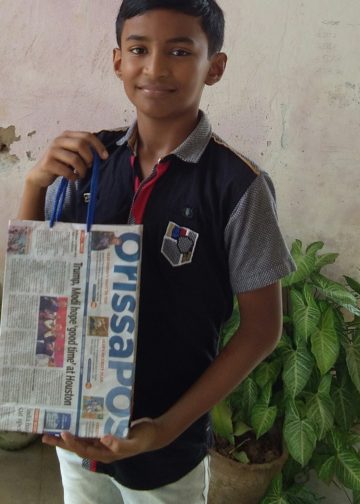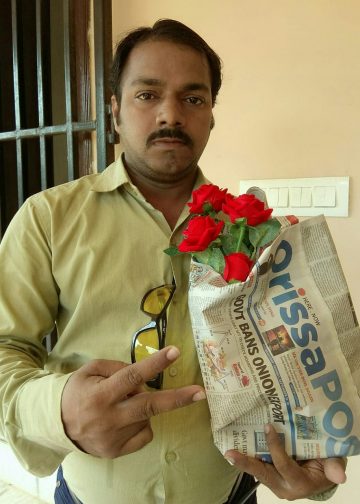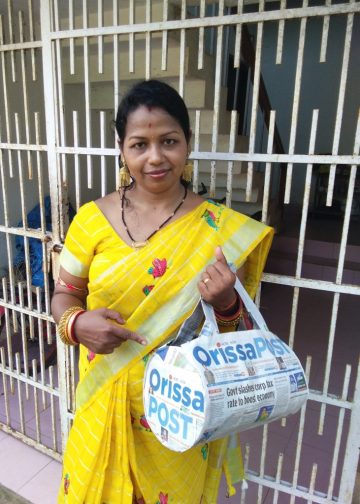Young artists interacted with students of the Munda community to make them understand the local surrounding and ecosystem in an arts education programme titled ‘The Safari Project’
BHUBANESWAR: An arts education programme was organised for some children of the Munda community at a small school Bugin Ho in Chandaka Forest here recently organised by Kala Aur Katha .
Bugin Ho literally means ‘Good People’ in Mundari language. Bugin Ho functions as a community learning centre and pre-school for Munda adivasi children. The aim of the programme is to engage with school children using art as a medium of expression and education.
Children who have not yet gone to school come to the school. Some who might never go to school come to the centre. Children, who go to nearby schools, visit the site before and after school hours. They come in the evenings to read, play, sing and dance. The initiative of Bugin Ho school was started by Bandana Pattanaik who works with Global Alliance against Traffic in Women..
On the occasion, Pattanaik said, “Sometimes ordinary people dream of extraordinary things. Like working class women with no formal education dreaming of setting up a ‘school’ for children who have even less privileged than their own, but dreamers are persistent people, especially if they are tough and persuasive women.”
“There are schools but many children don’t go there. Those who go do not really learn anything. They can’t read and write. Many get bored, drop out and start working as daily wage workers to earn money. So we want a school that will really get the children interested in learning. In our school children will enjoy learning,” she added.
The idea of Bandana was taken forward by Pankaja Sethi, founder of Kala Aur Katha Trust along with aspiring artists Rajesh Patnaik, Rasmita Barik, Sunita Mohanty and Radhakant Turuk. We wanted to work with less privileged children to explore art as a medium of expression and education from a long time. The initiative was like translating old dreams into reality. Arts education is the need of the hour to learn through activities and participation.
During the programme, young artists interacted with the students to create a dialogue to make them understand the local surrounding and ecosystem, and named it ‘The Safari Project’.
During the workshop around fifty children of different age groups between five to fourteen years participated enthusiastically using paper craft, sculpture and mural art. They learned the importance of eco system and how humans and other living beings live in harmony in the natural space. How different species have significant role in keeping the environment safe and inhabitable.
Students along with artists created art installations in stick figures of deer running on the ground, leopard resting on the tree, hippopotamus in water body, nest of birds with eggs on the corner of roof, birds sitting on bench, monkeys swinging on the branches of tree, snake entwined on the branch of tree, mural art work of forest and tiger coming out of the forest on the school wall in different scales and elevation.
To keep the curiosity high among students, artists taught some amazing facts about animals such as elephants, tigers, leopards, bats, hippopotamus, owls, eagles, humming birds, snakes, reptiles etc. Last day was open for public to visit the safari. Here, school children played the role of safari guides. They took visitors to different art installations and told them the importance of role of animals in environment and some extraordinary facts about them as safari guides.
Fun-filled experience
- The organisers wanted to work with less privileged children to explore art as a medium of expression and education
- Students along with artists created art installations in stick figures of deer running on the ground and leopard resting on the tree among others
- To keep the curiosity high among students, artists taught some amazing facts about animals such as elephants, tigers and leopards






